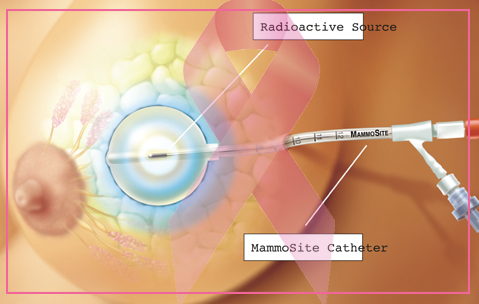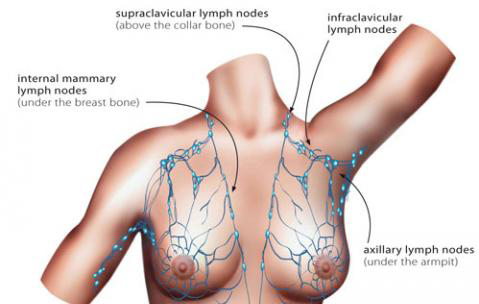
Diagnosis

Breast cancer is often first suspected when a lump or a change is found in the breast or when an abnormal area is seen on a mammogram. Most of the time, these findings don’t turn out to be breast cancer. However, the only way to know for sure is through follow-up tests.
This section describes how breast cancer is diagnosed and the factors that affect prognosis and guide treatment. Mammography, Breast Ultrasound and Breast MRI Before Diagnosis If your mammogram or clinical breast exam shows something abnormal, you will need follow-up tests to check whether or not the finding is cancer.
Sometimes, breast cancer can be ruled out with a follow-up mammogram (also called a diagnostic mammogram), breast ultrasound or a breast MRI. However, if these tests show the finding might be breast cancer, you will need a biopsy.
Types of Biopsies
A biopsy removes cells or tissue from a suspicious area. The cells or tissue are studied under a microscope to see if cancer is present. There are 2 main types of biopsies used to diagnose (or rule out) breast cancer:
- needle biopsies and
- surgical biopsies.
Most often, a needle biopsy is done first. Then, if needed, a surgical biopsy is done.
Pathology Reports The breast tissue removed during a biopsy is sent to a pathologist. The pathologist examines the tissue and prepares a report of the findings, including the diagnosis.

Your experience on this site will be improved by allowing cookies. By clicking "Accept cookies", you agree Wincancer can store cookies on your device in accordance to our Privacy Policy
Cookie Statement
Cookies are small files that are saved on your computer when you visit our website. They contain information linked to your web browser and the specific website you are visiting. If you return to our website, we can recognize you by means of the cookie.
